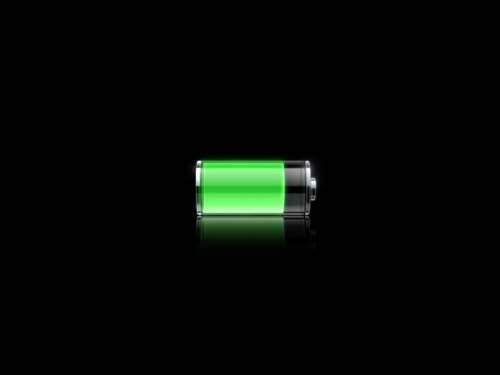Rice husks could one day wind up in your smartphone, according to a new Korean study which found the waste could help the mission to reduce the weight of rechargeable batteries.

The silica in rice husks could be converted to silicon and turned into anodes for high capacity lithium-ion batteries, according to findings detailed in the Proceedings of National Academy of Sciences by researchers from the Korea Advanced Institute of Science and Technology.
The batteries are increasingly used in advanced portable electronics and hybrid electric vehicles.
“A lot of research groups are actually working on silicon and silicon alloys because it’s the second greatest energy density of all electrode materials next to lithium,” said Adam Best, CSIRO senior research scientist.
Best said people preferred to use silicon because of battery failure problems that could arise with metallic lithium, but noted volume expansion and electrolyte reactivity remained an issue with silicon.
“The novelty in the approach these guys have used is you’ve got a network structure which appears to be quite robust, moreover it’s cheap as chips.”
He said the silicon wafer used in batteries today was extremely expensive to process and manufacture, and not sustainable in the longer term.
More than 108 tonnes of rice husks are produced worldwide as waste during rice production. The husks are made of unique layers of silica that protect the inside of the rice kernel from bugs and bacteria, but are porous at the nano-scale level to allow air and water ventilation.
The researchers used several steps, including acid and heat treatments, to extract the silica from the outer surface of rice husks and convert it into silicon, at the same time managing to preserve the original 3D porous nanostructure of the silica layers.
When the extracted silicon was used as the anodes for lithium-ion batteries, they found it delivered excellent electrochemical performance.
Best said the research, though potentially a breakthrough, was not likely to be commercialised in the near term.
“One of the challenges with batteries is because of the huge amount of energy that is stored in them, there’s a huge number of protocols that you have to go through to have a battery certified for use in commercial applications.”
He said the researchers had achieved 60 “cycles”, which equate to the recharge life of a battery.
“If you think about that in terms of an iPhone it’s maybe 60 days. Most people would recharge their battery every night. Even though you’ll get huge more energy out of this, maybe you get 120 days out of it.
“So they’re going to need to show maybe a 1000 to 2000 cycles to show that this electrode has the robustness and stability to survive for long periods of time.”
The CSIRO is working on a proprietary electrolyte system for silicon anodes in lithium-ion batteries. Best said it would get in touch with the researchers to talk about how the two could work together.
“Our electrolytes together with this solution could be quite a promising avenue actually.”
The organisation will be discussing its work in the field at a conference on developments in battery technologies being held in Brisbane next year.



.png&h=140&w=231&c=1&s=0)

_(22).jpg&h=140&w=231&c=1&s=0)



_(26).jpg&w=100&c=1&s=0)

 iTnews Executive Retreat - Security Leaders Edition
iTnews Executive Retreat - Security Leaders Edition










_(1).jpg&h=140&w=231&c=1&s=0)



